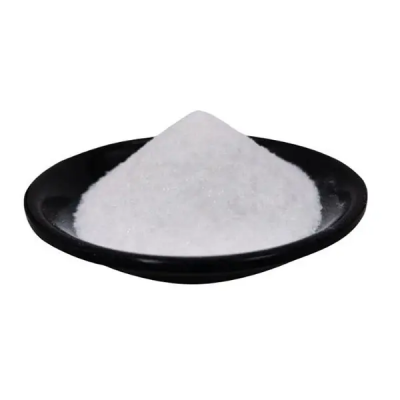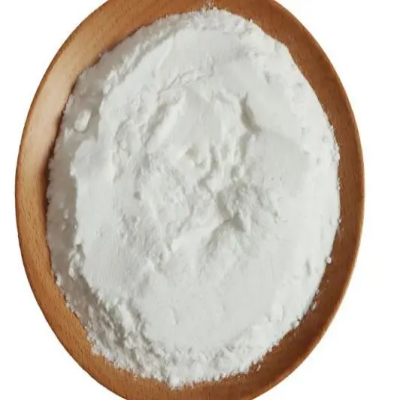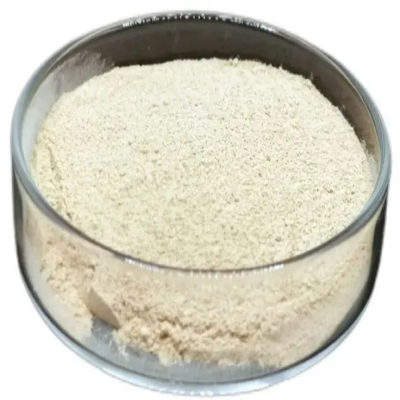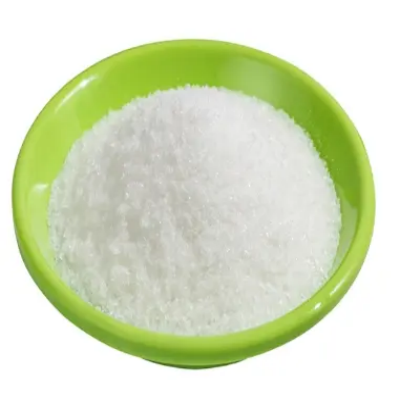4-(Chloromethyl)benzonitrile CAS:874-86-2
4-(Chloromethyl)benzonitrile stands out as a versatile building block in organic chemistry due to its unique structural features. The presence of the chloromethyl group enhances its reactivity, enabling it to participate in various nucleophilic substitution reactions, while the nitrile functionality serves as an electron-withdrawing group that can stabilize intermediate species during chemical transformations. One of the primary applications of 4-(chloromethyl)benzonitrile is in medicinal chemistry. Compounds containing the nitrile functional group are known to exhibit various biological activities, including anti-inflammatory, antimicrobial, and anticancer properties. By modifying the structure of 4-(chloromethyl)benzonitrile through further chemical reactions, researchers can develop novel pharmaceuticals with improved efficacy and specificity. In addition to its pharmaceutical applications, 4-(chloromethyl)benzonitrile is also utilized in the synthesis of agrochemicals. Its ability to serve as a precursor for creating herbicides, insecticides, and fungicides highlights its importance in agricultural chemistry. The introduction of the chloromethyl group allows for the design of compounds that can interact effectively with biological systems, enhancing their effectiveness in crop protection. Furthermore, this compound can be employed in the manufacture of polymers and materials. The incorporation of 4-(chloromethyl)benzonitrile into polymer chains can impart desirable properties such as increased thermal stability, mechanical strength, and resistance to chemical degradation. This makes it a valuable component in the development of high-performance materials used in various industrial applications. The synthesis of 4-(chloromethyl)benzonitrile typically involves the reaction of benzonitrile with chloromethyl methyl ether or chloromethylation via formaldehyde and hydrochloric acid. This approach provides an efficient route to obtain the compound, allowing for its use in subsequent synthetic processes. Despite its advantages, safety considerations are crucial when handling 4-(chloromethyl)benzonitrile. The compound may pose health risks, including skin irritation and respiratory issues, so proper laboratory practices and protective measures should be observed during its synthesis and application. In conclusion, 4-(chloromethyl)benzonitrile is a significant compound in organic synthesis, offering diverse applications in pharmaceuticals, agrochemicals, and material science. Its unique combination of functional groups facilitates a wide range of chemical transformations, underscoring its value in advancing research and development across multiple fields.



| Composition | C8H6ClN |
| Assay | 99% |
| Appearance | white powder |
| CAS No. | 874-86-2 |
| Packing | Small and bulk |
| Shelf Life | 2 years |
| Storage | Store in cool and dry area |
| Certification | ISO. |









